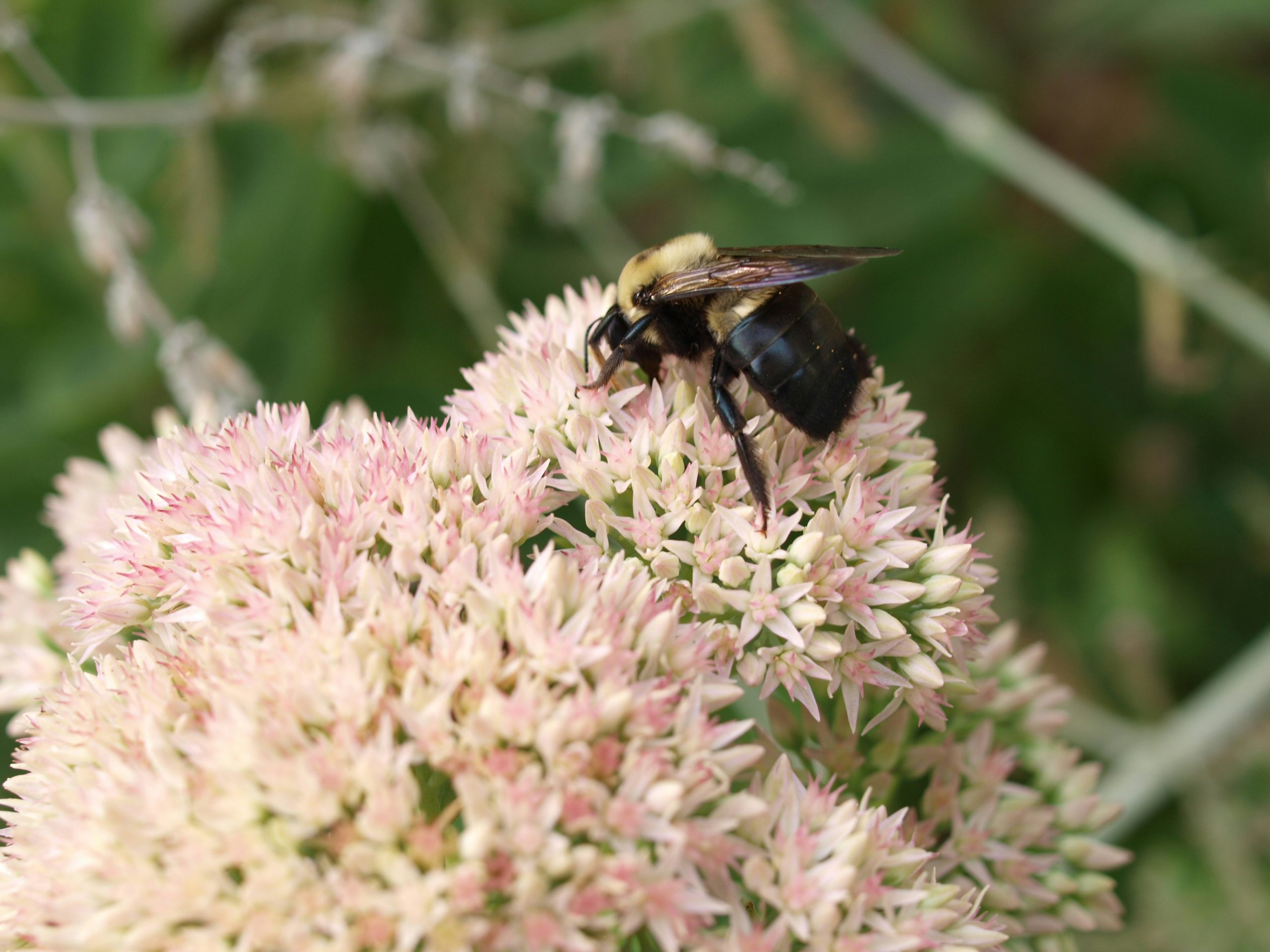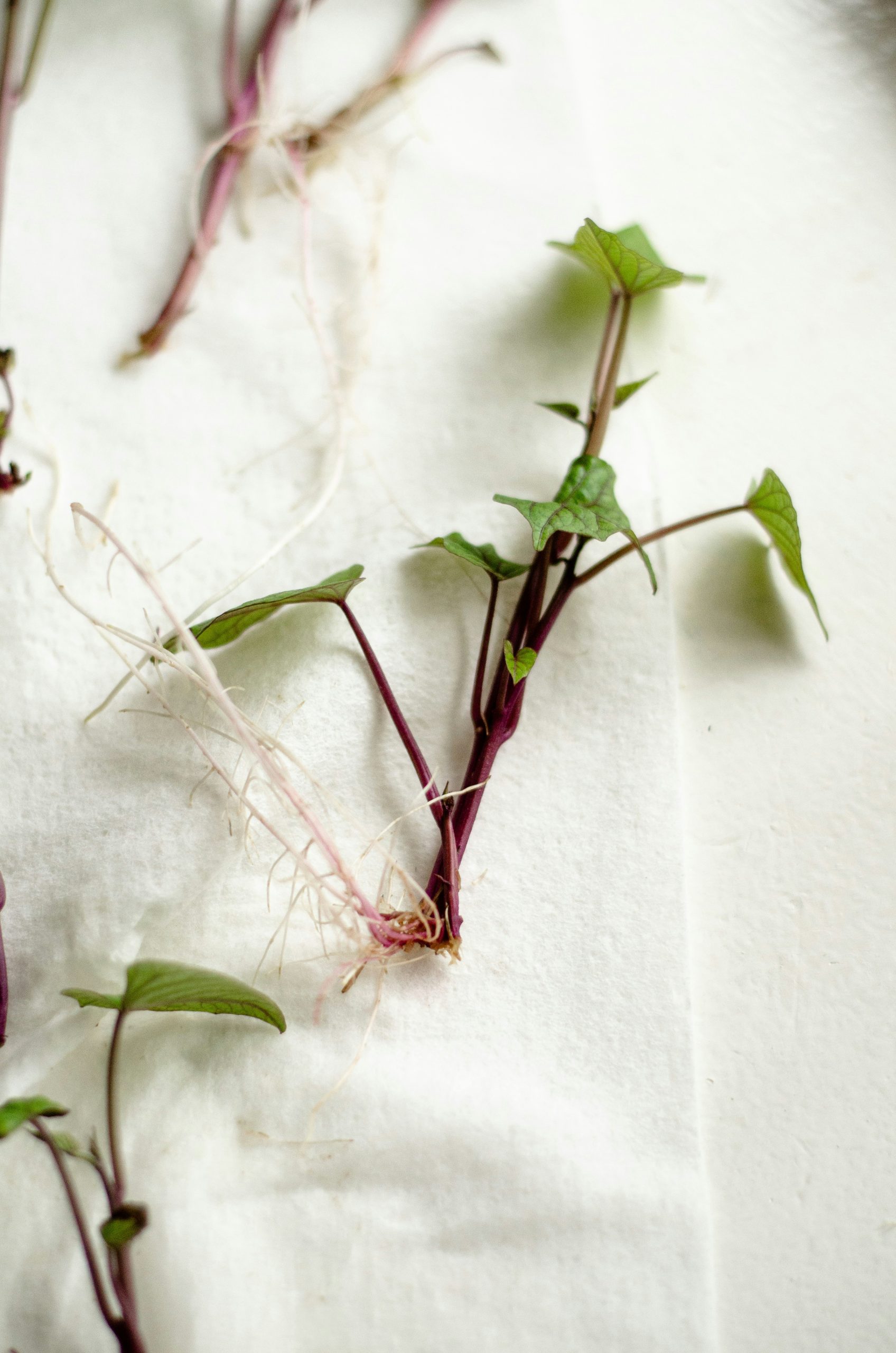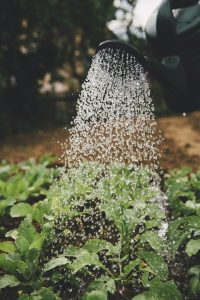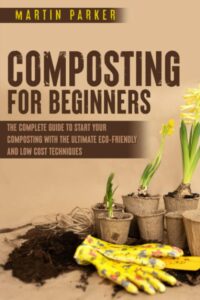Greetings, friends! Today we’ll dive into the basics of an incredibly rewarding practice: composting manure. Our goal is to demystify the composting process, ensuring you understand how to turn animal waste into rich, nutrient-dense compost for your garden. We’ll explore everything from the types of manure that work best to the proper balance of green and brown materials, and how to maintain the optimum conditions for your compost pile. By the end of our discussion, you’ll be well-equipped to transform waste into a valuable resource for boosting soil fertility. Let’s dig in together and learn, “How Do I Compost Manure? How do I compost manure?
Have you ever wondered how we can turn manure into rich, fertile compost for our gardens? Composting manure is not only a fantastic way to recycle waste, but it also provides us with valuable nutrient-rich soil improver. By understanding the process, we can make the most out of this agricultural by-product and boost our garden’s productivity. Let’s dive in and explore the world of composting manure together!
Understanding the Basics of Manure Composting
Before we can jump into the techniques of composting manure, it’s essential to grasp some fundamental concepts. Composting is a natural process where microorganisms break down organic matter into humus, a rich, dark, and crumbly soil-like substance.
What Is Manure Composting?
Manure composting is the process of decomposing animal waste into organic fertilizer that can be used to enrich soil. By mixing manure with other organic materials and allowing them to break down, we create a nutrient-dense product that supports plant growth.
Why Should We Compost Manure?
Composting manure offers several benefits. It reduces waste, decreases the risk of harmful pathogens, and provides a slow-release fertilizer for our plants. Also, by composting manure, we can prevent nitrogen leaching into water sources, reducing environmental pollution.
Types of Manure Suitable for Composting
Not all manure is created equal. Different types of manure have varying nutrient compositions, which can influence how we compost them.
Common Types of Manure
| Type of Manure | Nitrogen Content | Carbon Content | Notes |
|---|---|---|---|
| Cow Manure | Moderate | Moderate | Lower in nitrogen, good for balanced compost. |
| Horse Manure | Moderate | High | High in fiber, adds good structure to compost. |
| Chicken Manure | High | Low | Very high in nitrogen, should be used in smaller quantities. |
| Sheep Manure | Moderate | Moderate | Nutrient-dense and good for all-purpose compost. |
| Rabbit Manure | High | Moderate | High in nitrogen and doesn’t need to be aged. |
Each type of manure has its own advantages, and understanding these can help us make better choices in our composting projects.
Factors to Consider When Choosing Manure
When selecting manure for composting, we should consider the following factors:
- Availability: Choose manure that is readily available to us.
- Nutrient Content: Balance our compost by mixing high-nitrogen and high-carbon materials.
- Potential Contaminants: Ensure our manure source is free from chemicals or medications that can harm our plants.

The Composting Process
Now that we know what manure is best to use, let’s dive into the actual process of composting. We’ll break it down step by step.
Preparing Your Composting Site
The first step is to choose the right location for our composting site. Here’s what we should consider:
- Accessibility: Make sure the site is easy to reach.
- Sunlight: A balance of sunlight and shade helps regulate the compost temperature.
- Drainage: Ensure the site has good drainage to prevent waterlogging.
Gathering Materials
A successful compost pile needs a balanced mix of materials. Here’s a quick guide:
| Material Type | Examples | Role in Composting |
|---|---|---|
| Green Materials | Fresh grass clippings, food scraps | Provide nitrogen |
| Brown Materials | Dried leaves, straw, cardboard | Provide carbon |
| Other Additives | Soil, finished compost | Introduce microbes |
Building Your Compost Pile
To build an effective compost pile, follow these steps:
- Layering: Alternate between layers of green and brown materials.
- Moisten: Ensure each layer is moist, but not soaked.
- Aerate: Turn the pile regularly to introduce oxygen, which speeds up decomposition.
Maintaining Your Compost Pile
Maintenance is key to successful composting. Here’s what we should focus on:
Turning the Pile
Regularly turning the pile helps accelerate decomposition by introducing oxygen. Aim to turn the pile every 1-2 weeks.
Monitoring Moisture Levels
Our compost pile should be damp, similar to a wrung-out sponge. Adjust the moisture by adding water or dry materials as needed.
Temperature Control
A well-maintained compost pile should heat up to 130-150°F (55-65°C). This heat kills pathogens and weed seeds. Use a compost thermometer to monitor the temperature.
Special Considerations for Manure Composting
Composting manure involves some unique challenges and safety concerns. Let’s address these.
Managing Odors
Manure can be smelly, but we can manage odors effectively by:
- Adding sufficient brown materials.
- Ensuring proper aeration.
- Avoiding over-watering.
Pathogen Control
To reduce the risk of pathogens, ensure our compost pile reaches adequate temperatures. Additionally, avoid adding pet waste to the compost, as it can contain harmful bacteria.
Heavy Metal Contamination
Some manure may contain heavy metals, particularly if the animals were exposed to contaminated feed or water. It’s crucial to know our manure source and, if necessary, test the compost for heavy metals.

Using Finished Manure Compost
Once our manure compost is ready, it’s time to put it to good use!
Identifying Mature Compost
Mature compost should be dark, crumbly, and have an earthy smell. It should no longer resemble the original materials.
Applying Compost to the Garden
Here’s how we can apply compost to our garden:
| Application Method | Description | Best Use |
|---|---|---|
| Top Dressing | Spread a thin layer on the soil surface | Flower beds, vegetable gardens |
| Soil Amendment | Mix into the soil before planting | Preparing garden beds |
| Mulch | Place around plants to retain moisture | Around shrubs and trees |
Storing Excess Compost
If we have more compost than we need immediately, we can store it in a dry, covered container to maintain its quality until we’re ready to use it.
Troubleshooting Common Issues
Even with the best efforts, we might encounter some issues in our composting journey. Let’s look at common problems and how to resolve them.
Smelly Compost
If our compost is smelly, it might be too wet or lack sufficient brown materials. We can fix this by:
- Adding more brown materials to balance the moisture.
- Turning the pile to introduce oxygen and improve aeration.
Slow Decomposition
If our compost pile is not decomposing as quickly as we’d like, it could be due to:
- Insufficient aeration: Turn the pile more frequently.
- Low temperature: Insulate the pile with straw or move it to a sunnier location.
- Imbalance of materials: Adjust the ratio of green to brown materials.
Pest Issues
Pests can be attracted to our compost pile. Here’s how to keep them at bay:
- Avoid adding meat, dairy, or oily foods.
- Cover food scraps with a layer of carbon-rich materials.
- Use a compost bin with a lid to deter wildlife.

Conclusion
Composting manure is an enriching process that benefits both our gardens and the environment. By following these steps and maintaining our compost pile, we can transform manure into a valuable resource. It requires attention, patience, and a bit of experimentation, but the rewards are well worth the effort. Let’s embrace the challenge and enjoy the abundant growth in our gardens, knowing we’ve contributed to a more sustainable world.
We hope this guide has provided useful insights into composting manure, and we encourage you to give it a try. Happy composting!



